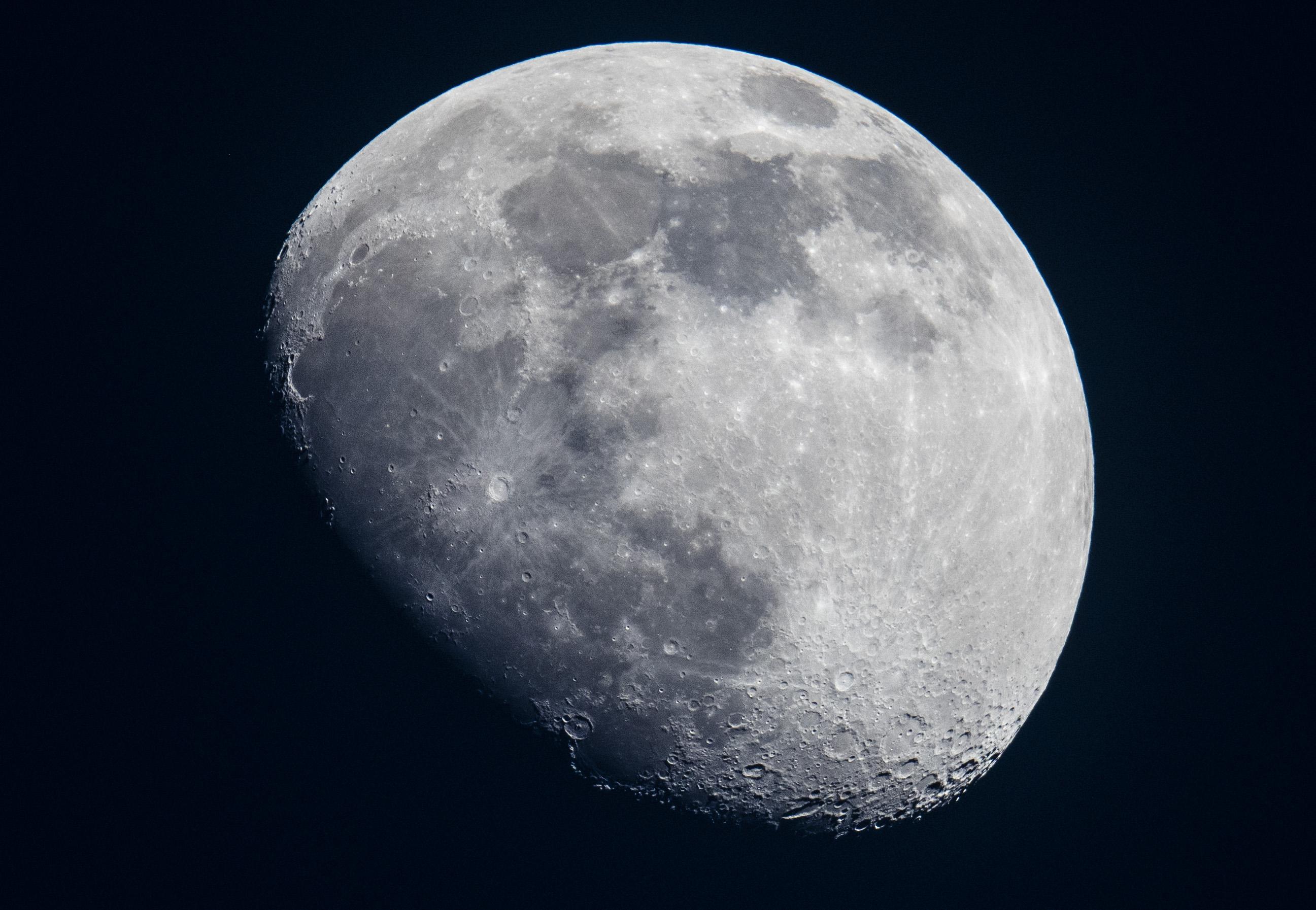Using a mouse model, a team of researchers at the Tokyo Metropolitan Institute of Medical Science demonstrated that high-dietary sucrose consumption during adolescence is a potential risk factor for the development of behavioral phenotypes associated with psychiatric illnesses, such as schizophrenia and bipolar disorder.
Hirai et al. demonstrated that a high-sucrose diet during adolescence induces psychosis-related behavioral endophenotypes, including hyperactivity, poor working memory, impaired sensory gating, and disrupted interneuron function in mice deficient for GLO1, an enzyme involved in detoxification of sucrose metabolites. Image credit: Tokyo Metropolitan Institute of Medical Science.
Considering the global increase in consumption of simple sugars, the World Health Organization published guidelines that addressed concerns regarding body weight gain and dental caries development in 1995.
High sugar intake alone increases the risks of numerous chronic diseases, including diabetes, hypertension, and kidney disease.
However, there are few studies on the effects of high sugar intake during adolescence on future mental health.
The daily caloric intake from simple sugar by teenagers is higher than that observed for other age groups (around 20% of total daily caloric intake).
Most chronic psychiatric disorders, including schizophrenia and bipolar disorder, develop before the age of 30 via complex interactions among multiple genetic and environmental risk factors.
Patients with schizophrenia and bipolar disorder consume approximately twofold more sugar than age-matched healthy individuals, and patients with schizophrenia who consume more sucrose exhibit more severe symptoms. Moreover, the odds ratios for mental distress, hyperactivity, and behavioral disorders are the highest among adolescents who self-report the highest consumption of soft drinks.
Despite accumulating evidence, it is still unproven that excessive sugar intake contributes to the pathogenesis of psychiatric disorders among susceptible individuals.
In the new research, Tokyo Metropolitan Institute of Medical Science’s Dr. Haruo Okado and colleagues addressed this question by creating mice with psychosis-related phenotypes to determine whether excessive sucrose consumption during adolescence is a novel environmental risk factor for schizophrenia and bipolar disorder.
“As susceptibility genes for psychiatric disorder, we selected glyoxalase-1 (GLO1) and disrupted-in-schizophrenia-1 (DISC1),” they explained.
“By combining the heterozygous mice with environmental factors of excessive sugar intake at the age of puberty, we successfully created a novel mouse model exhibiting various mental disorder-like symptoms, including decreased sensorimotor gating function, decreased working memory, hyperactivity, abnormal gamma-band component in EEG.”
“In other words, this demonstrates a possibility that the excessive intake of simple sugar at the age of puberty could be a risk factor of psychiatric disorders.”
“Furthermore, by analyzing this model mouse, we aimed to identify the new phenotypes and mechanisms of developing mental disorder,” they added.
The authors demonstrated that high-dietary sucrose consumption during adolescence is a potential risk factor for the development of behavioral phenotypes associated with psychiatric illnesses, such as schizophrenia and bipolar disorder.
These behavioral phenotypes include impaired sensory gating, dysfunctions in parvalbumin interneurons and working memory, hyperactivity, and increased basal and stimulus-evoked striatal dopamine release.
In addition, the researchers identified endothelial accumulation of fibrin (angiopathy) in both their mouse model and in brains of patients with schizophrenia or bipolar disorder.
They also observed that glucose intake from the plasma into the brain parenchyma was impaired in the mouse model.
“Chronic low-dose aspirin treatment prevented fibrin deposition in the capillaries, improved glucose transport, and reversed several behavioral phenotypes in mice, suggesting angiopathy as a seminal pathogenic event in mental illness,” they said.
The study was published in the journal Science Advances.
_____
Shinobu Hirai et al. 2021. High-sucrose diets contribute to brain angiopathy with impaired glucose uptake and psychosis-related higher brain dysfunctions in mice. Science Advances 7 (46); doi: 10.1126/sciadv.abl6077
Note: This article have been indexed to our site. We do not claim legitimacy, ownership or copyright of any of the content above. To see the article at original source Click Here














